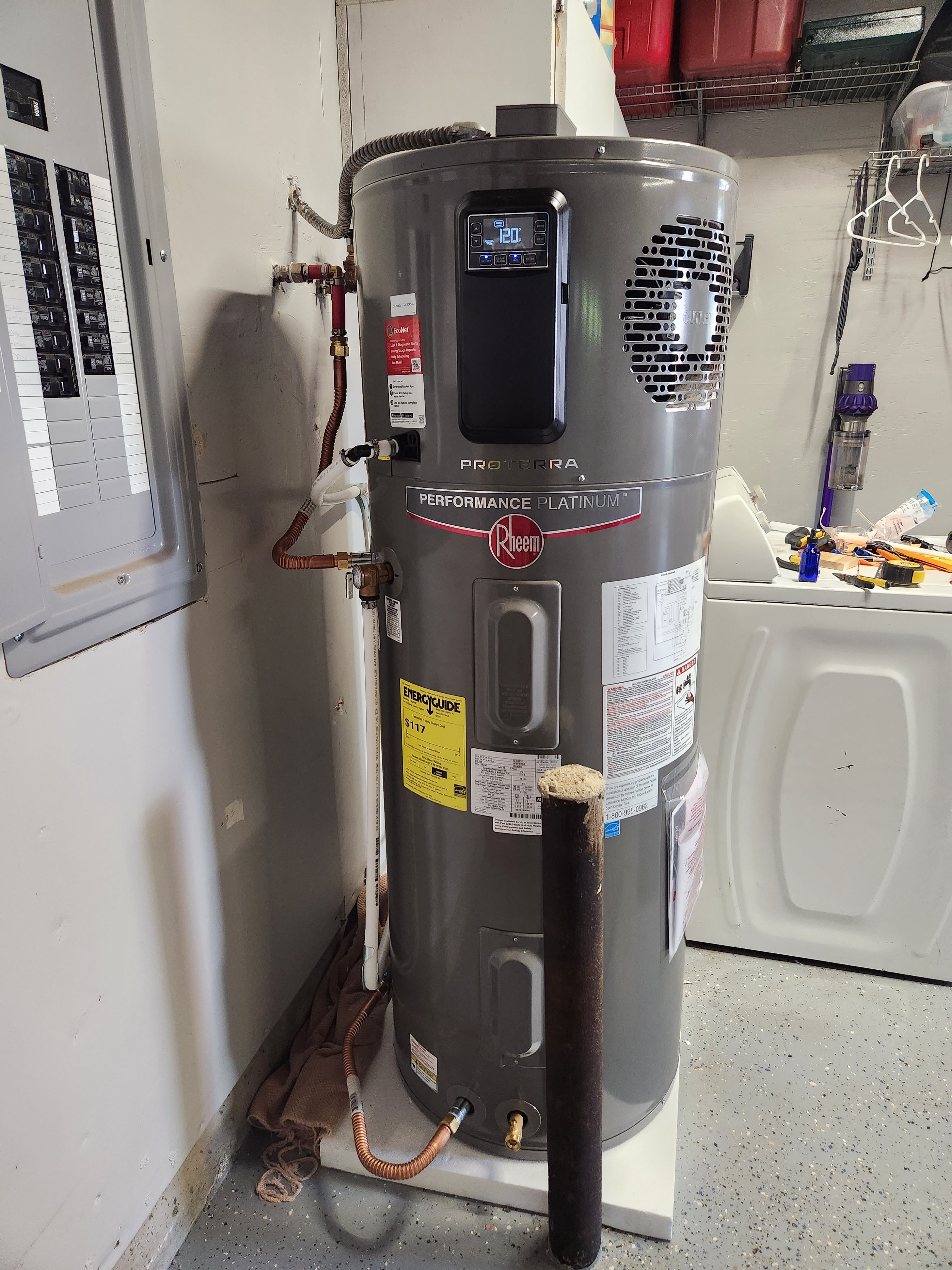this post was submitted on 08 Aug 2023
210 points (98.2% liked)
Home Improvement
8999 readers
1 users here now
Home Improvement
founded 1 year ago
MODERATORS
you are viewing a single comment's thread
view the rest of the comments
view the rest of the comments

Things that were built to code in 1986 may no longer be up to code in 2023. When making improvements it is a best practice to bring things up to current codes, but not always a requirement.
Towns don't generally send inspectors around to enforce codes unless you've done major obvious stuff like add a bathroom. However, if you ever go to sell the house, smaller code violations can come up during an inspection.
My hot water heater doesn't have an expansion tank either, but it is on an open connection to the municipal water supply which acts as one. I plan to add a PRV which makes it a closed system and would necessitate an expansion tank. I don't believe there is any harm in adding an expansion tank to an open system, other than cost.
For the pressure relief air gap. The 2015 IRC code in New York for example requires that it discharge to an air gap inside the building. You can then drain it outside from there.
https://codes.iccsafe.org/s/IRC2015NY/chapter-28-water-heaters/IRC2015-Pt07-Ch28-SecP2804.6.1
I'm not sure why a drain pan would not fit. They add a negligible amount of height and aren't much wider in diameter than the heater itself.
Electrical panel clearance see section E3405.1 workspace clearance. 30" width, 36" depth, 6'5" height. The 30" can start at the edge of the panel if you've got the room on the other side. It's probably fine, but hard to tell from the picture angle.
https://codes.iccsafe.org/content/IRC2018/chapter-34-general-requirements
By all means, I think you did a great job and there likely won't be any issue with the installation. These are just observations from a code compliance perspective.
Thanks you for the info. I read this all and will be considering it. Oh, and the straps are installed. As for the pan I would have no where to drain it to without adding a pump or a garden hose across the garage, which I'm sure my kids would continually trip over and slowly destroy. I understand the risk at the tank goes but there is a 6-in concrete lip around the entire perimeter of the garage except for the door. Most of the water will go out the door and what doesn't can be squeegee out.
Again thanks for taking the time for typing all that out. I really do appreciate it.